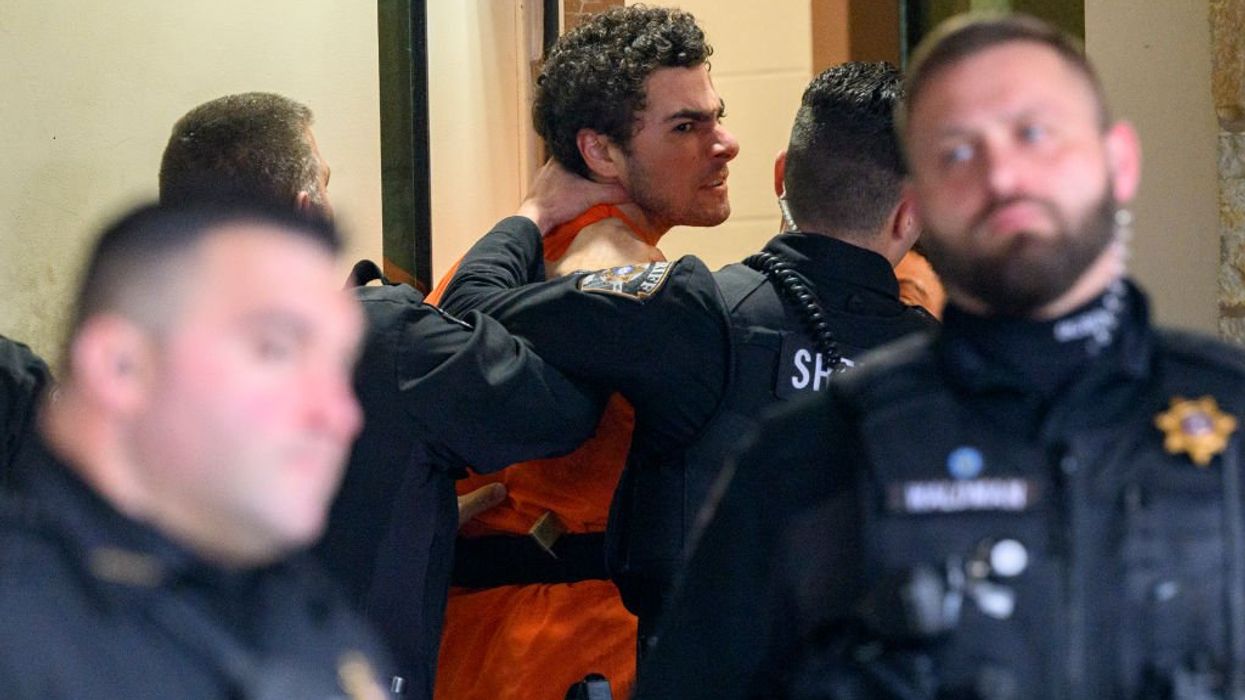
© 2024 Blaze Media LLC. All rights reserved.
An Airport Screening Method That Is 20 Times More Effective at Catching Deception
November 06, 2014
"Absorbs a lot of time and gives people a false sense of security."
Technology and pat-downs aside, airport security employs other screening methods to detect potentially dangerous travelers. A new study found one method is over 20 times more effective than others at spotting deceptive people.
What does it involve? Having a simple conversation.
Experiments led by British researchers over eight months at several international airports found that talking to travelers and asking them simple questions is better than just evaluating their body language.
"The U.K. government gave us a challenge that if we didn't think the current airport screening method worked well, then we should come up with a better one," Dr. Thomas Ormerod, the head of the University of Sussex's school of psychology, said in a statement.
Mock deceptive travelers were detected 66 percent of the time in security screening that involved a conversation compared to 3 percent of the time if agents were looking for clues like eye contact or nervousness.
 New research suggests looking for suspicious behavior is far less effective than gauging travelers responses to simple questions. (John Moore/Getty Images)
New research suggests looking for suspicious behavior is far less effective than gauging travelers responses to simple questions. (John Moore/Getty Images)
"The suspicious-signs method almost completely fails in detecting deception," Ormerod said. "In addition, it costs a lot of money, absorbs a lot of time and gives people a false sense of security."
Looking for suspicious signs is a tactic used in the United States, as well as other countries.
Using what researchers called the Controlled Cognitive Engagement method, agents asked passengers things like the name of their high school principal or how long they thought it would take to reach their final destination.
According to the study, it didn't matter if agents knew the truth to the answers, but they looked for other clues instead, such as evasive or short responses.
Not only was this technique used by agents, who were trained for the study, more effective at catching student actors and police detectives posing as deceptive travelers, but the researchers believe it could cut down on racial profiling as well because every passenger is asked questions.
The more security agents used the CCE method, the better they got at catching deceptive travelers as well. According to the study agents went from being 60 percent accurate in the first month to 72 percent accurate by the sixth month. Those using suspicious signs, conversely, got worse over time.
"When we can tell when our kids or spouses are lying, we think that those sorts of signs are going to work with everyone, but people lie differently," Ormerod said. "You can't assign one particular behavioral sign as a sign of lying. It's how someone's behavior changes during questioning that reveals deception."
In addition to being used in airport security, the researchers think this method could be beneficial at sporting venues, in court, in business or in criminal investigations.
This study was published in the Journal of Experimental Psychology.
Want to leave a tip?
We answer to you. Help keep our content free of advertisers and big tech censorship by leaving a tip today.
Want to join the conversation?
Already a subscriber?
more stories
Sign up for the Blaze newsletter
By signing up, you agree to our Privacy Policy and Terms of Use, and agree to receive content that may sometimes include advertisements. You may opt out at any time.
© 2024 Blaze Media LLC. All rights reserved.
Get the stories that matter most delivered directly to your inbox.
By signing up, you agree to our Privacy Policy and Terms of Use, and agree to receive content that may sometimes include advertisements. You may opt out at any time.


